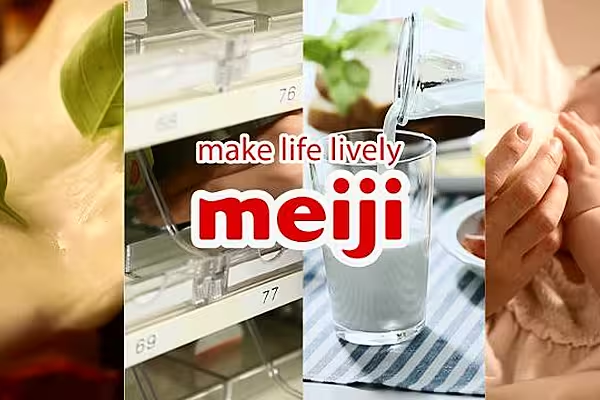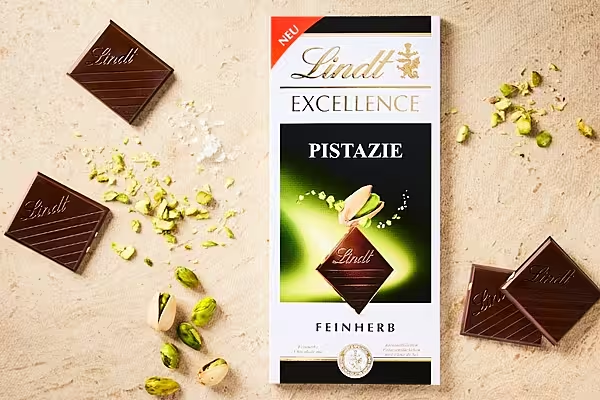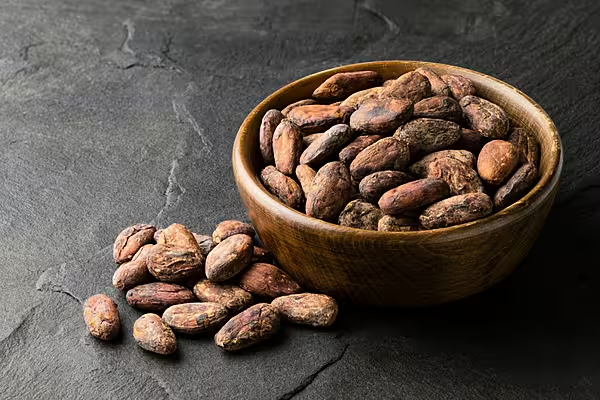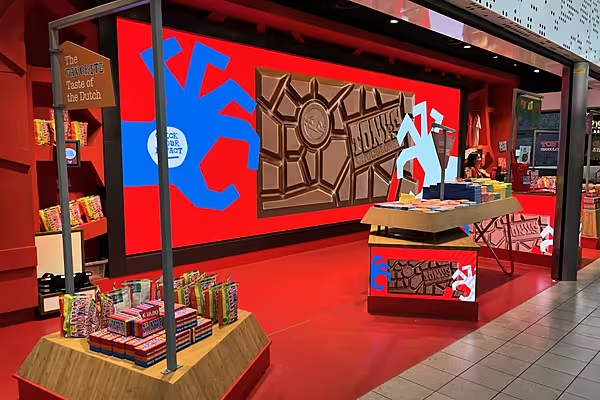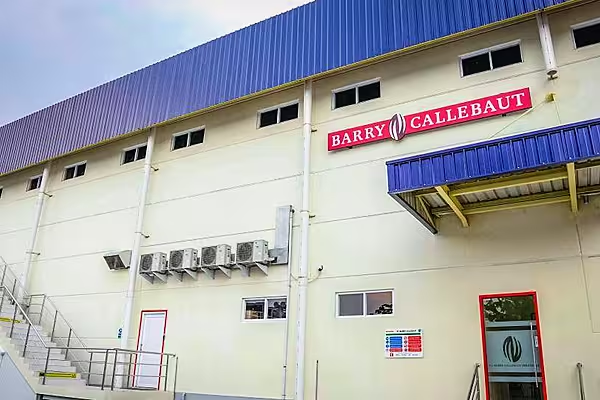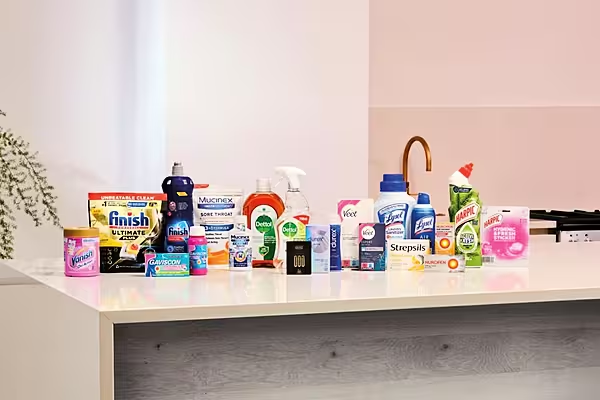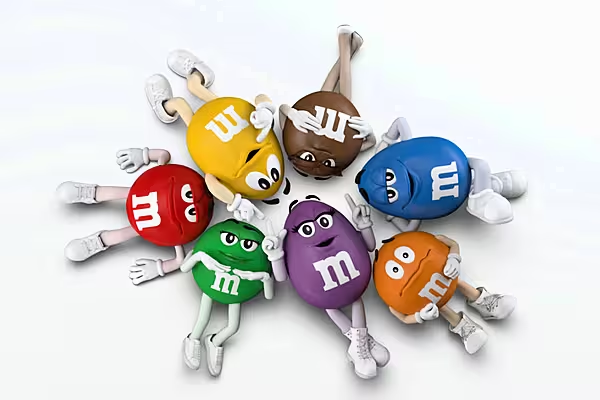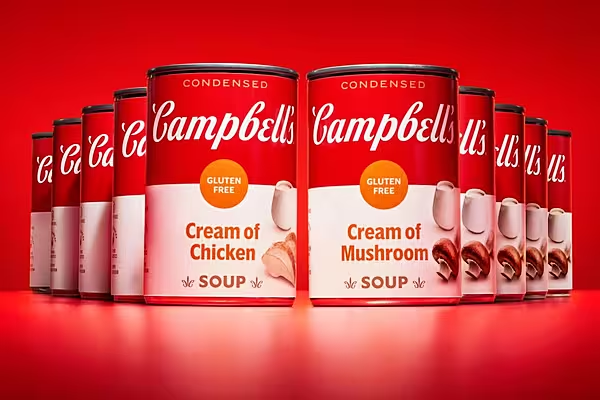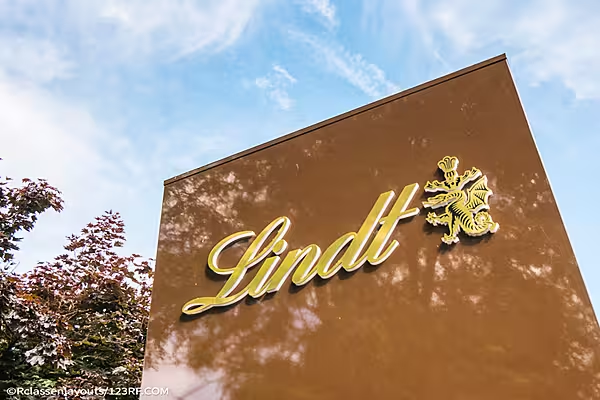Meiji Holdings Co., Japan’s biggest chocolate maker, will buy more cocoa beans from Latin America to increase output of premium products after selling twice as much of its up-scale “THE Chocolate” brand as it initially expected.
Sales of THE Chocolate will rise as high as 120 million units by 2020 after reaching 30 million in the past year as Japanese adults step up purchases of higher-value luxuries such as craft chocolate, coffee and wine, Masahiro Sato, manager at Meiji’s confectionery sales division, said on Friday in an interview in Tokyo.
Solid Origins
The brand, which was introduced in September 2016 as bean-to-bar craft chocolate, is made from cocoa beans from Brazil, Dominica and Venezuela. It’s priced at 237 yen ($2.19) for a 50-gram (1.8 ounce) bar. That’s twice as costly as the company’s flagship Meiji milk chocolate while still much less expensive than craft chocolate sold by artisan shops in Tokyo priced at 1,000 yen or more for the same volume.
"We are offering a more affordable version of a similar quality to craft-chocolate fans, " Sato said. "Our product helps them have it as daily necessity."
Meiji offers eight different flavors under "THE Chocolate" brand, depending on the type of cocoa beans used to make them. The company plans to buy beans from farmers in Peru, Ecuador and Mexico to expand flavors, said Hiroyuki Utsunomiya, manager at Meiji’s confectionery-product development department.
Price Premium
To secure supplies, Meiji pays a premium over market prices, as well as teaching farmers better ways to ferment beans and improve yield, Utsunomiya said. The share price of Meiji Holdings rose 0.6% to settle at 8,650 yen on Monday, rebounding from a nine-month low of 8,600 yen reached on Friday.
In Mexico, Meiji started cocoa-tree planting in the state of Chiapas, home to the rare variety of criollo, or white cacao, to boost production. Trial sales this year of chocolate made from the white cacao beans went very well, even though it’s priced at 1,500 yen for a 50-gram bar, Utsunomiya said.
“As the global cocoa market is increasingly dominated by a limited number of major processors, we need to increase our involvement in farming for stable supply of high-quality beans,” he said. About 70 percent of cocoa produced globally is used by four processors including Cargill Inc. and Olam International Ltd., he said.
Japan’s cocoa-bean imports from Central and South America jumped 60 percent to 11,666 tons in 2016 from 2015, according to data from Chocolate & Cocoa Association of Japan. Still the volume represented just 18 percent of Japan’s total bean imports. Ghana was the largest supplier with 48,669 tons, or 77 percent of the total. Ivory Coast, the world’s largest cocoa producer, accounted for only 2.8 percent because of quality concerns. Japanese processors prefer to buy bulk supplies from Ghana, where the government controls the export quality.
In the first half this year, Ghana remained the dominant supplier, followed by Ecuador and Venezuela, according to the Agriculture Ministry.
Chocolate Sales
Chocolate sales volumes in Japan are set to increase 18 percent to 154,300 tons in 2017 from 2012, while the value is forecast to expand 27% to $5 billion in the same period, according to researcher Euromonitor. Sales in the five years through 2022 are projected to rise 16 percent in value and 9 percent in volume.
The growth will outpace the projected 1.6-percent expansion of the global chocolate market in volume, and 24 percent increase of the global market in value. Japan’s sales growth is fueled by the strong performance of chocolate with high cocoa content, according to the researcher.
There is plenty of room for consumption to grow. Per-capita chocolate consumption in Japan at about 2 kilograms a year, compared with 12 kilograms in Germany, the biggest consumer, Meiji’s Utsunomiya said.
News by Bloomberg, edited by ESM. Click subscribe to sign up to ESM: The European Supermarket Magazine.
